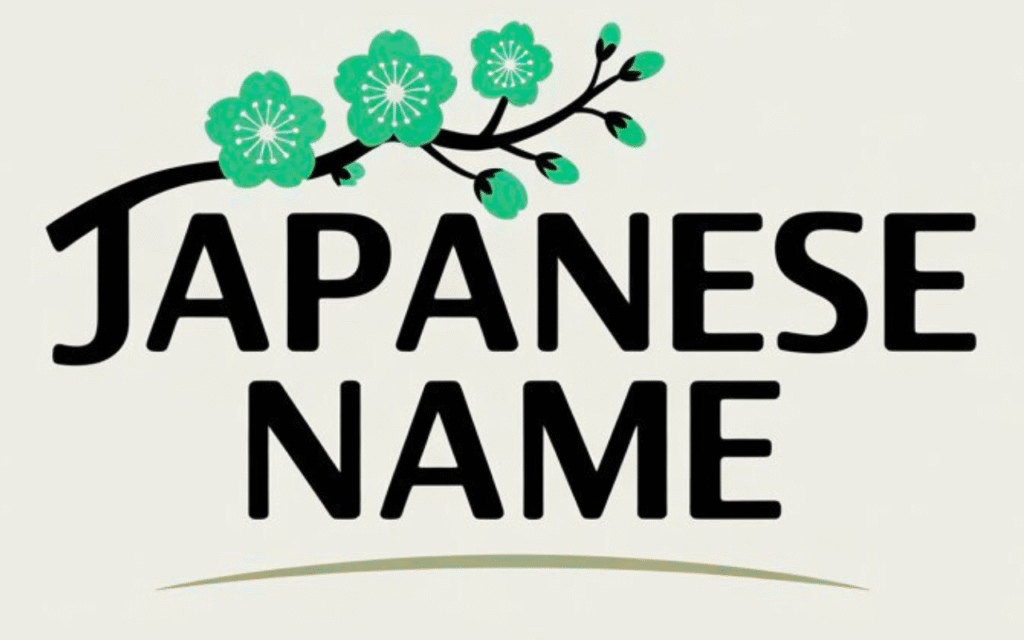Katakana: the standard phonetic option
Most non-Japanese names are written in katakana, a syllabary designed for foreign words and names. Katakana prioritises pronunciation over meaning — it tells a Japanese reader how the name sounds.
Basics of transliteration
- Map each syllable in your name to the closest Japanese syllable (e.g., “Tom” → トム, “Ahmad” → アフマド or アハマド depending on preferred vowelization).
- Long vowels are indicated with a macron in romanization but in katakana usually with a long-mark (ー) or an extra vowel kana (e.g., “Anna” → アンナ).
- Consonant clusters are broken with small kana (ゃ/ゅ/ょ/ッ) or inserted vowels (e.g., “Chris” → クリス).
Examples
Example transliterations
Kanji: optional meanings and stylistic choices
Kanji are characters that carry meaning as well as sound. Translating a foreign name into kanji is creative: you either select kanji for sound (ateji) or for meaning, or combine both.
Common approaches to kanji mapping
- Ateji (phonetic kanji) — choose kanji for their sound with little regard for literal meaning (historical practice for many loanwords).
- Meaning-first — pick kanji that express a concept you like (e.g., “light”, “hope”, “ocean”), then choose readings that approximate your name.
- Hybrid — combine a visually- or semantically-strong kanji with kana to keep sound clarity and add meaning.
Examples (illustrative)
- Kai (sound: /kai/)
- Common kanji: 海 (ocean), 灯 (light), 甲 (armor). Choose based on the image you want to convey.
- Anna
- Possible kanji: 安奈 — 安 (peace) + 奈 (common phonetic element). This is a common pattern for feminine names.
- Mark
- Ateji example: 真久 (真 = true, 久 = long) — reads “Maku” / “Maaku”; this is creative and not standard.
Practical advice for choosing kanji
- Prefer common kanji for readability and digital compatibility.
- Check each character’s connotations — some kanji have archaic or unfortunate historical meanings.
- Keep stroke count and visual balance in mind — paired kanji should sit well beside the surname if used.
- When in doubt, consult a native speaker or a professional translator for nuance checks.
Hybrid and stylistic options
Some people use katakana for the reading and append a single kanji that conveys a special meaning (e.g., アレックス心 where 心 means “heart” — this is stylistic and uncommon in legal contexts).
Step-by-step conversion workflow (recommended)
- Decide goals: Do you want a phonetic match (katakana), a meaningful kanji name, or a hybrid?
- Choose an approach: If phonetic, generate the katakana. If kanji, compile candidate kanji for sound and/or meaning.
- Validate: Ask a native speaker to confirm pronunciation, pitch, and unintended nuances.
- Test in context: Write the full name with a likely Japanese surname to check visual harmony and stroke density.
- Consider formality: For passports and legal documents, katakana is expected for foreign names — kanji alternatives are cultural/creative choices and may not be accepted officially.
